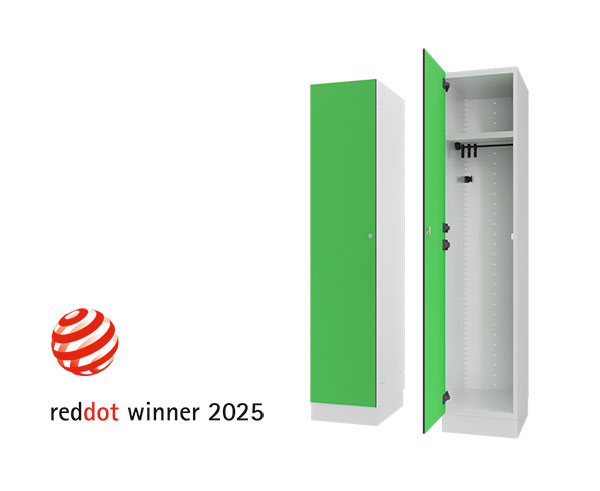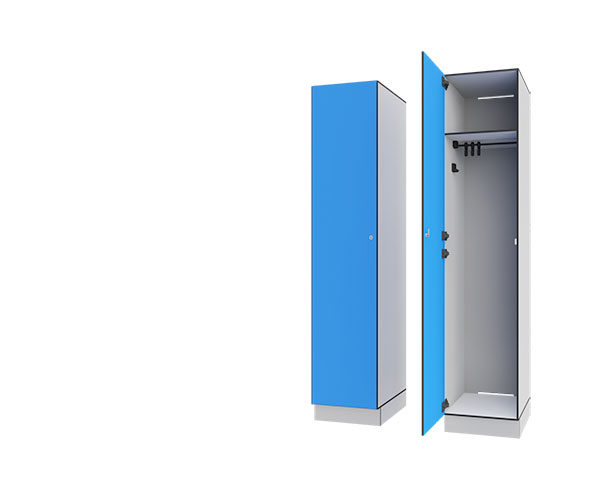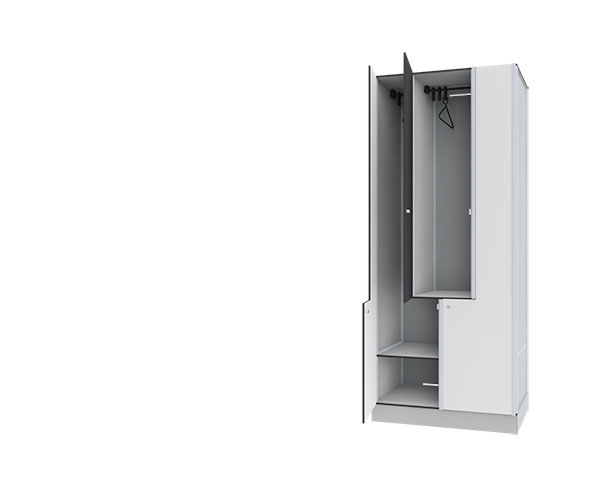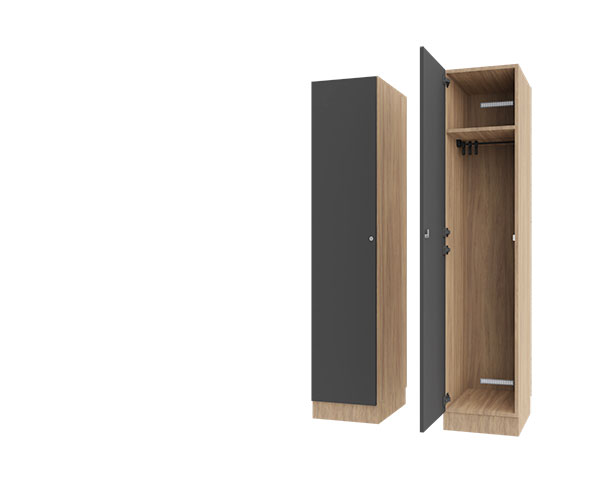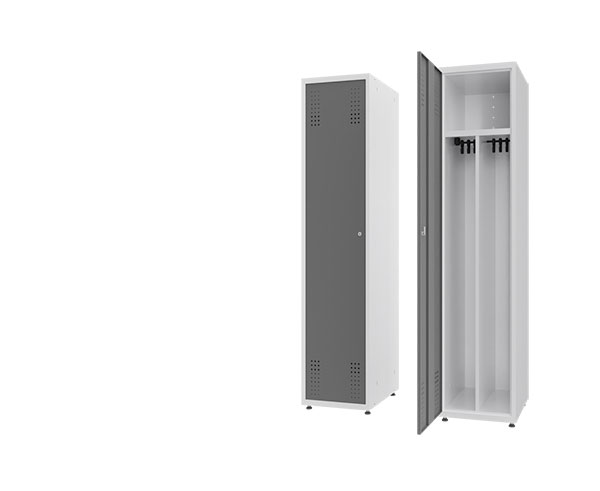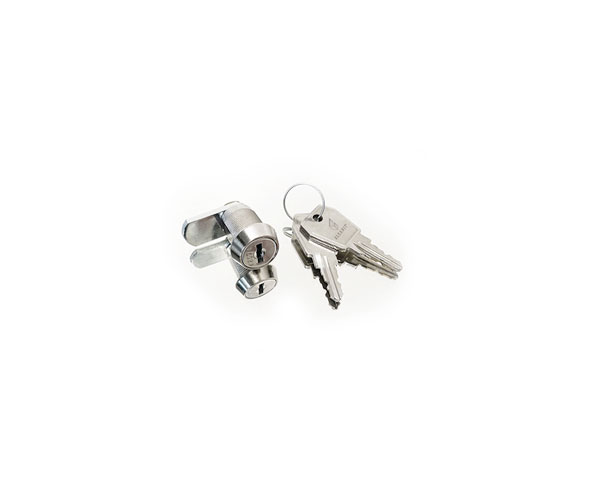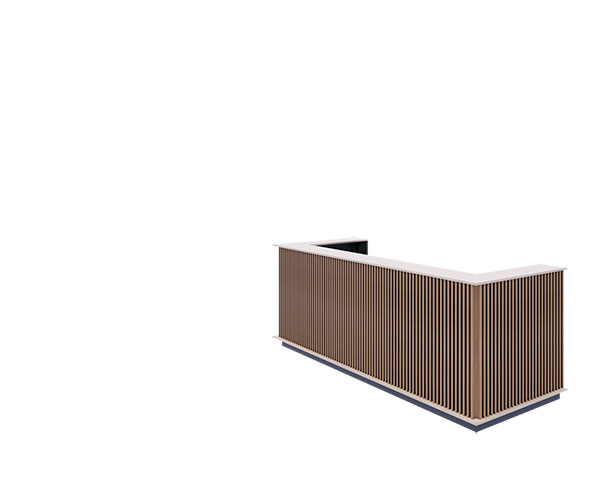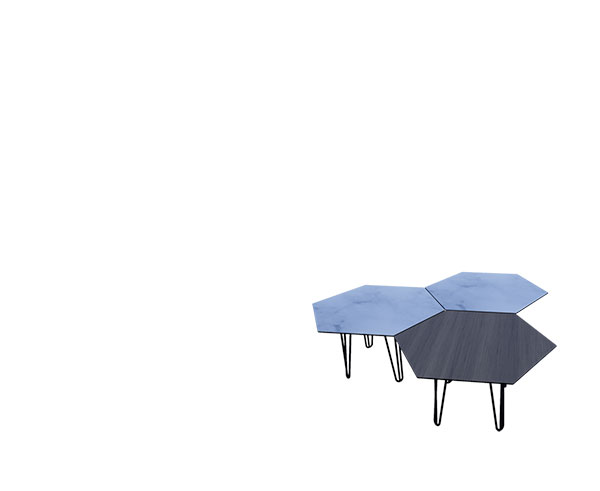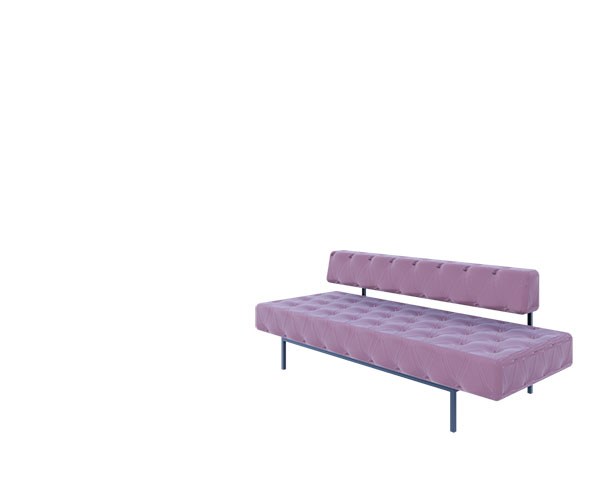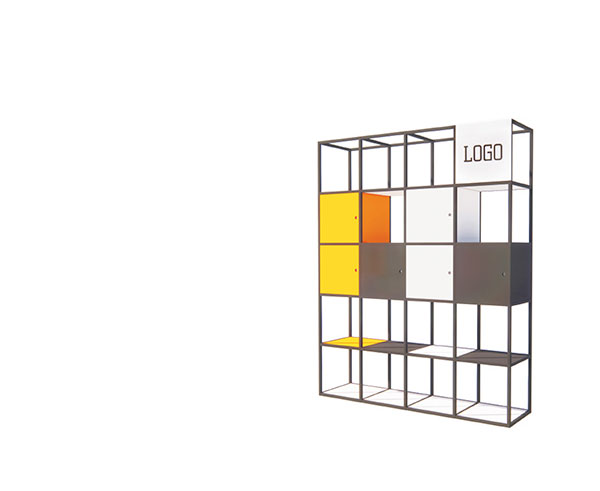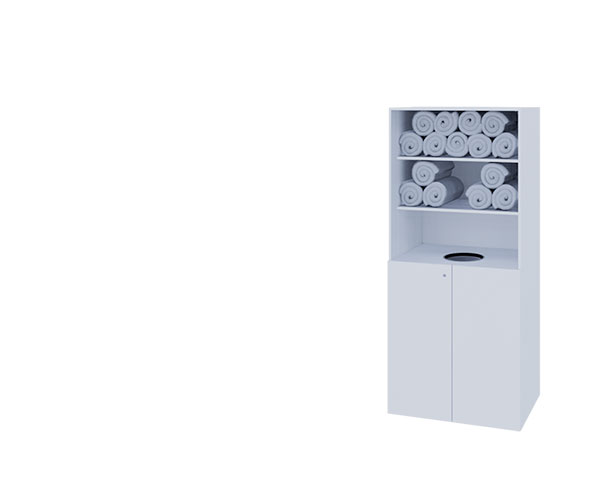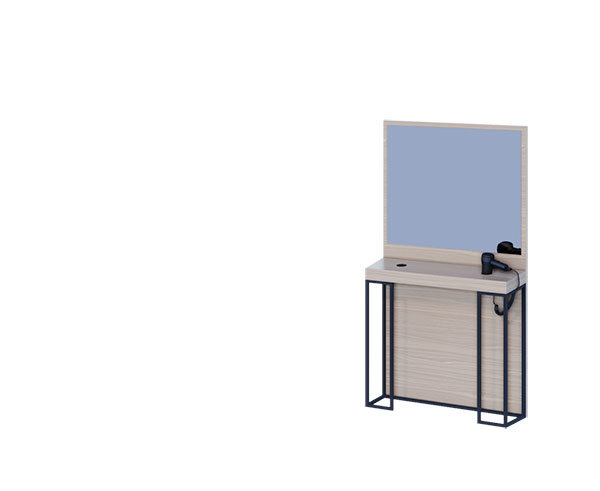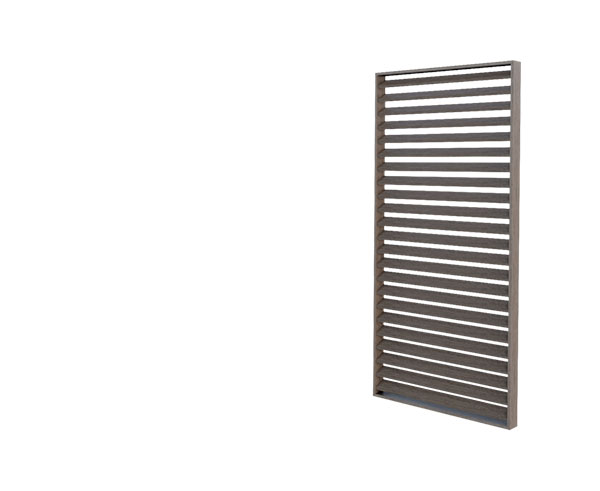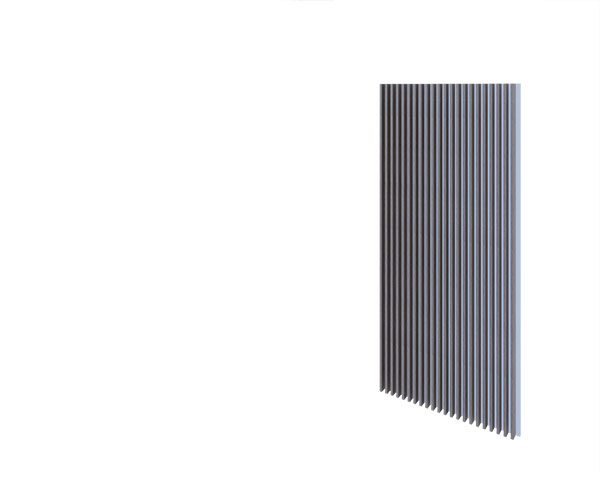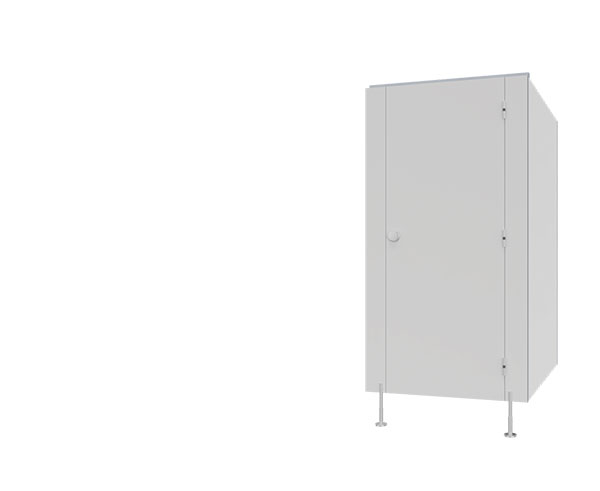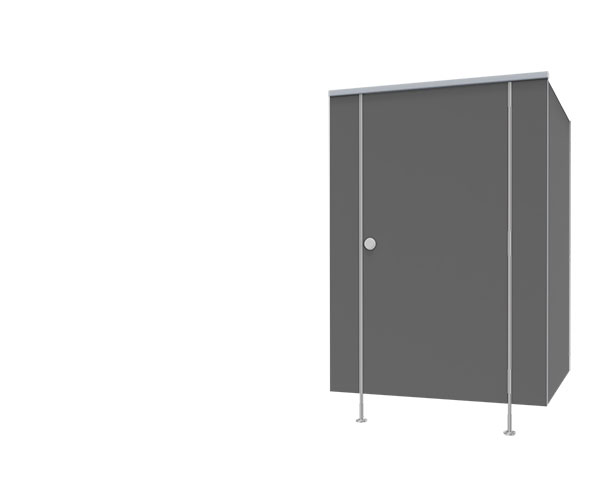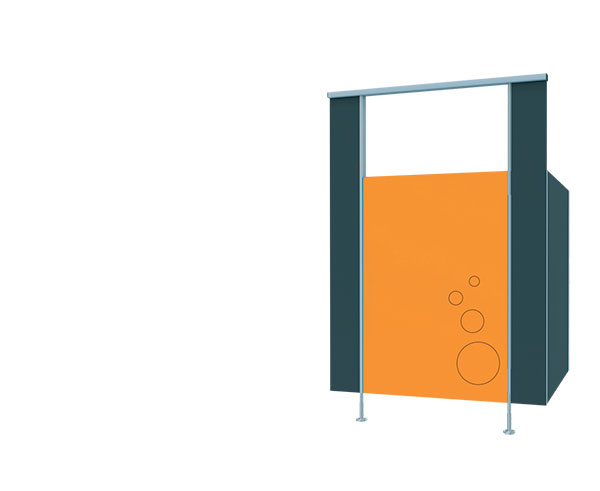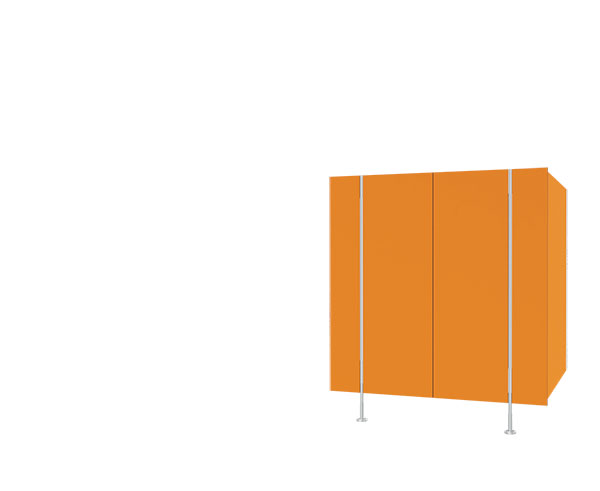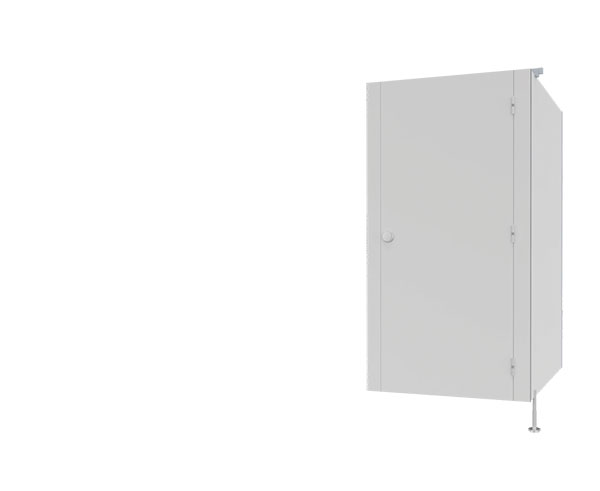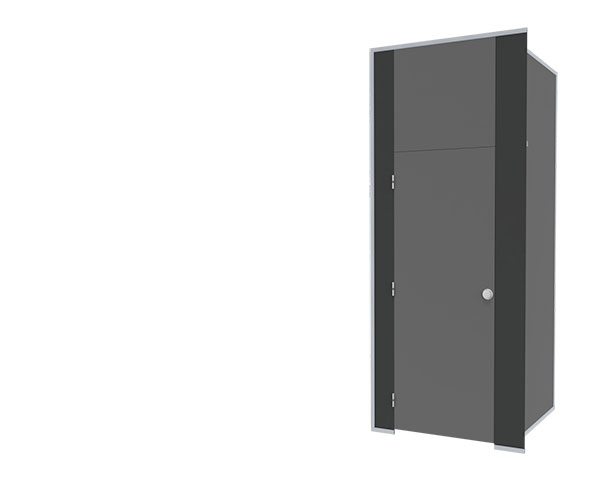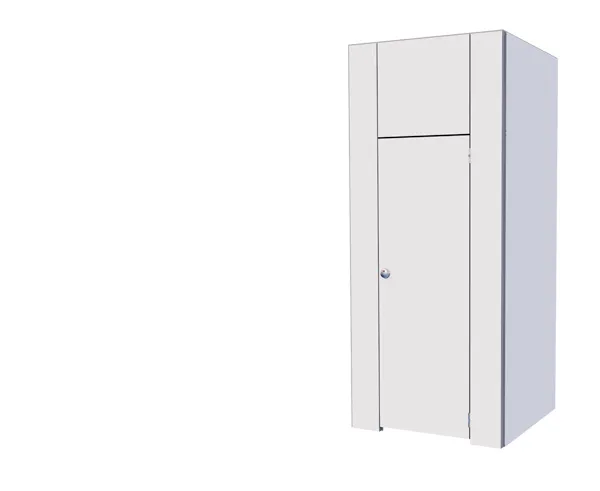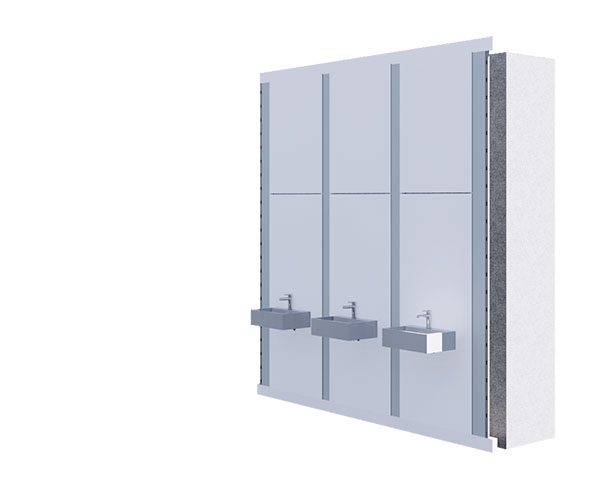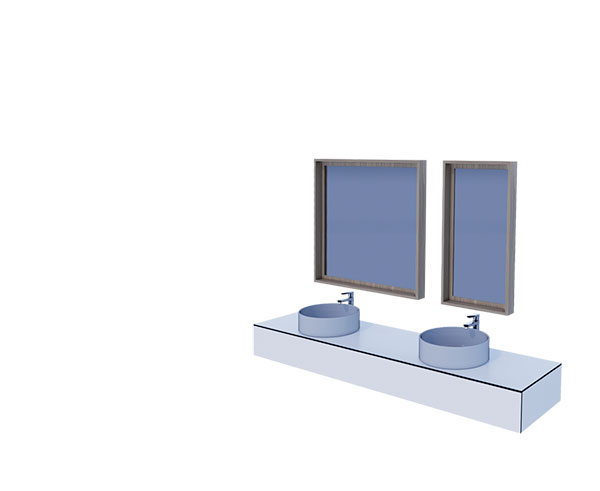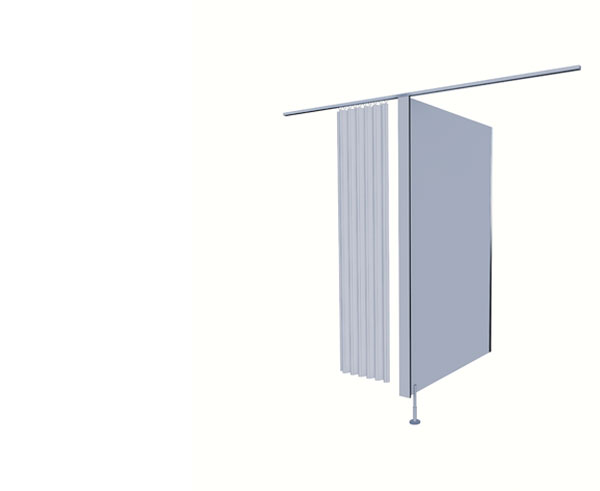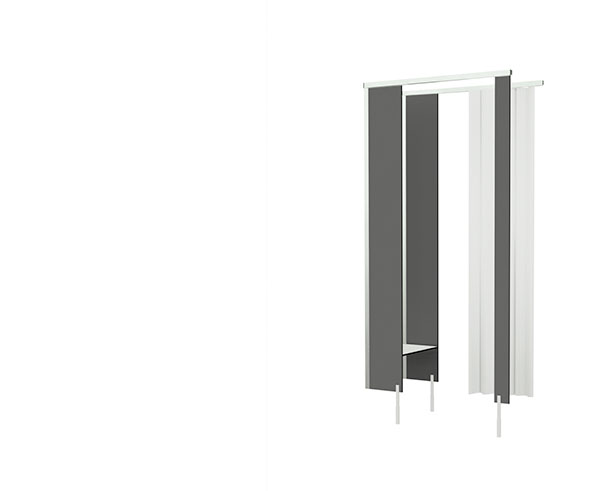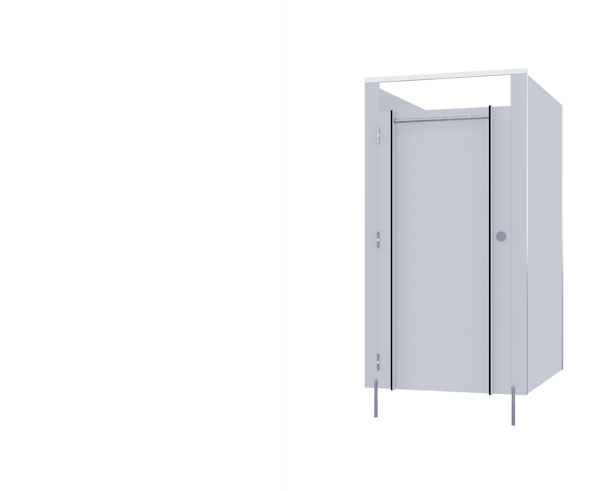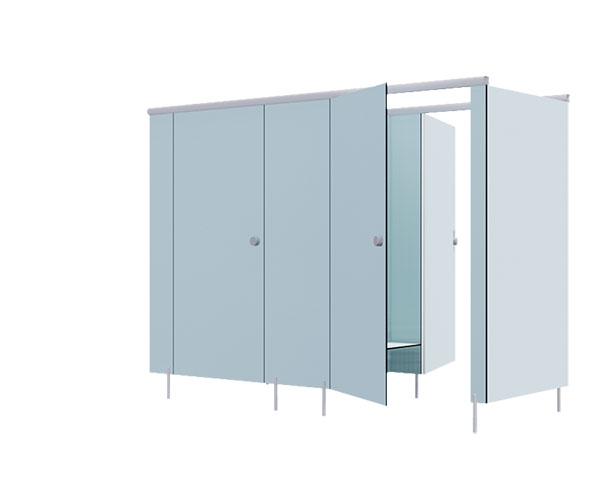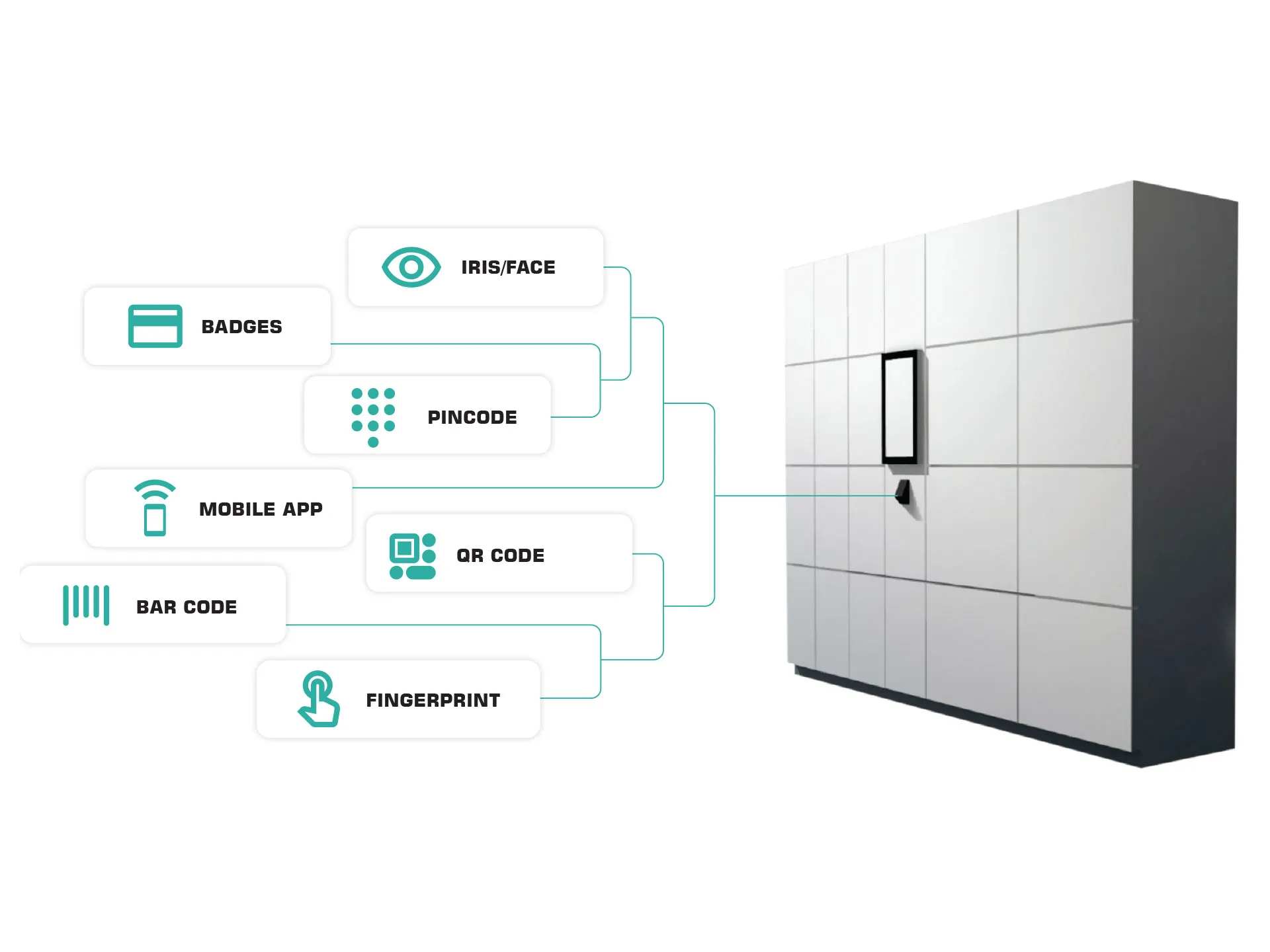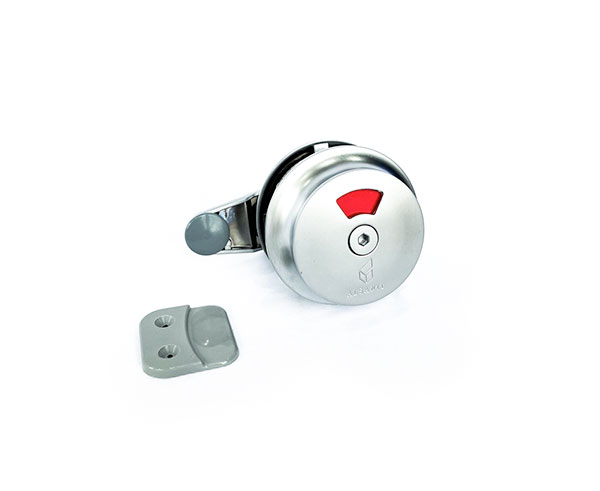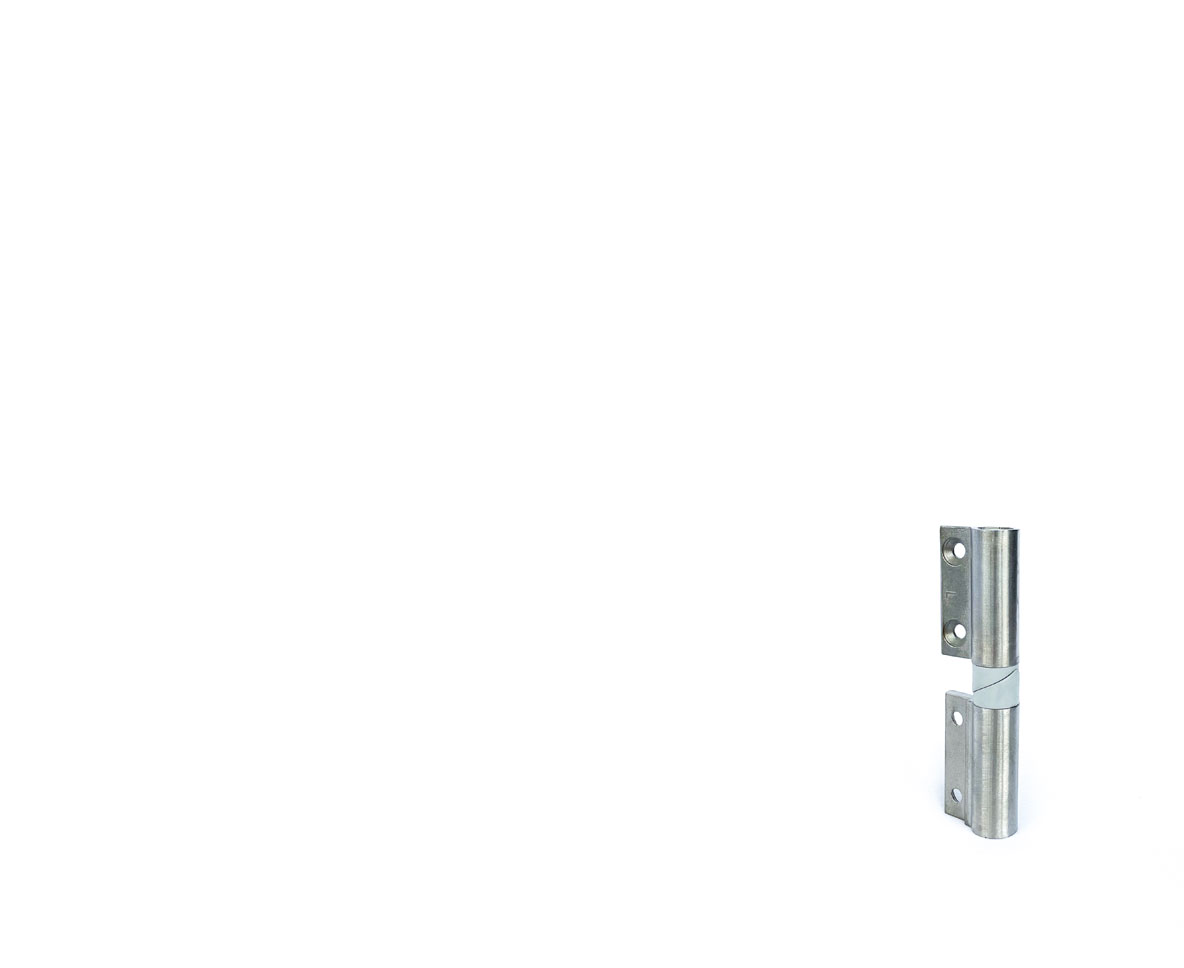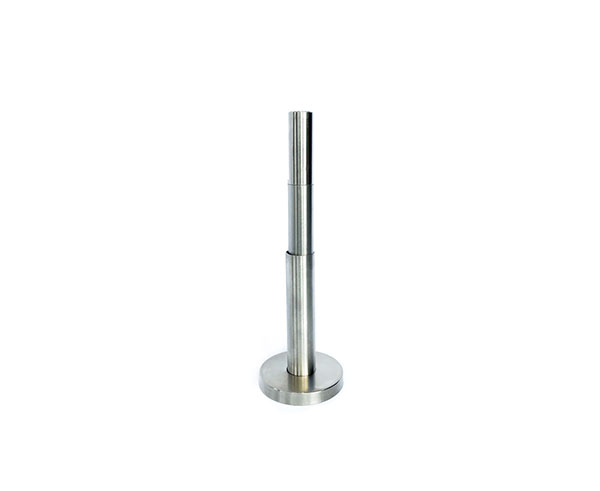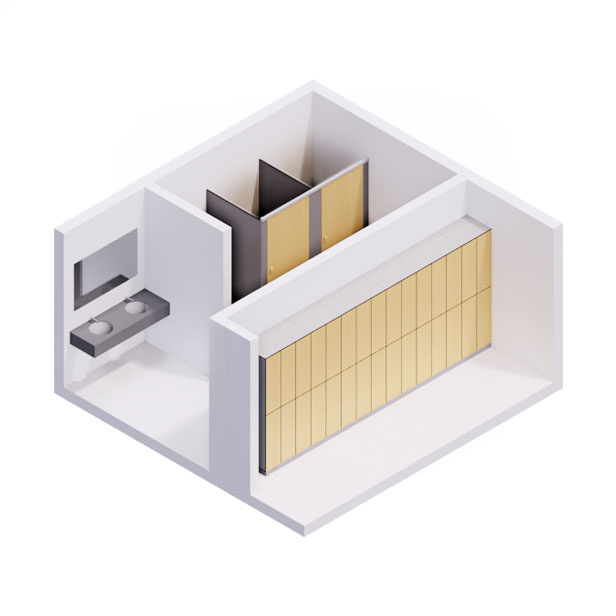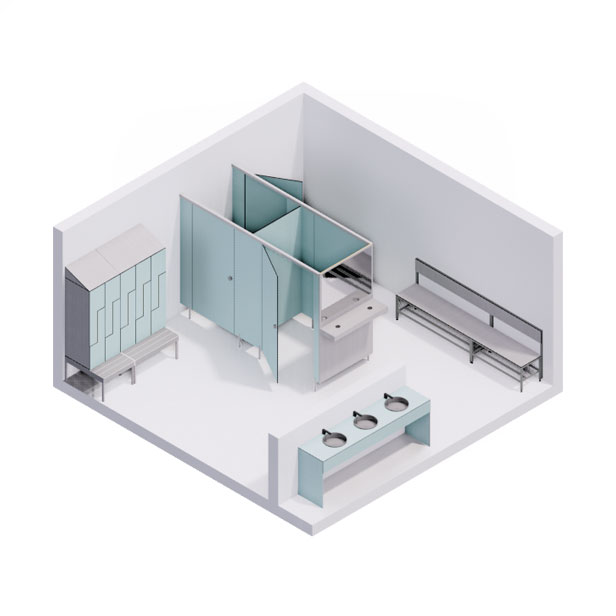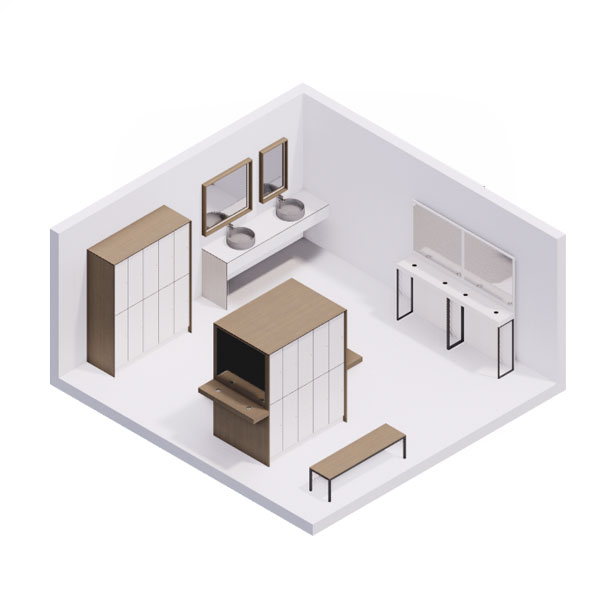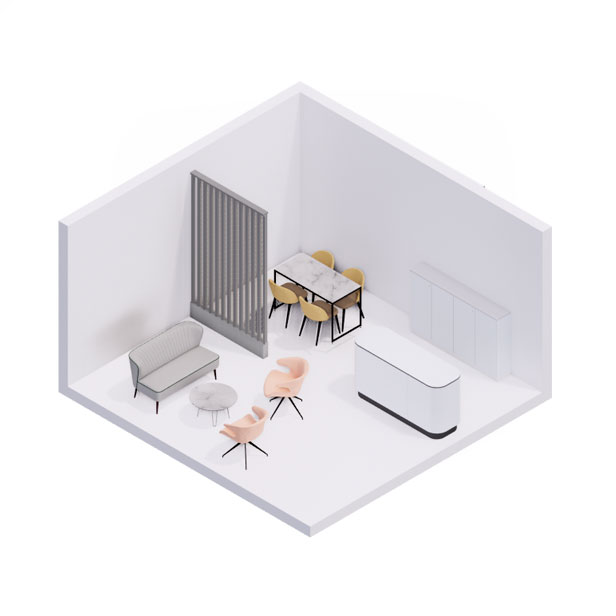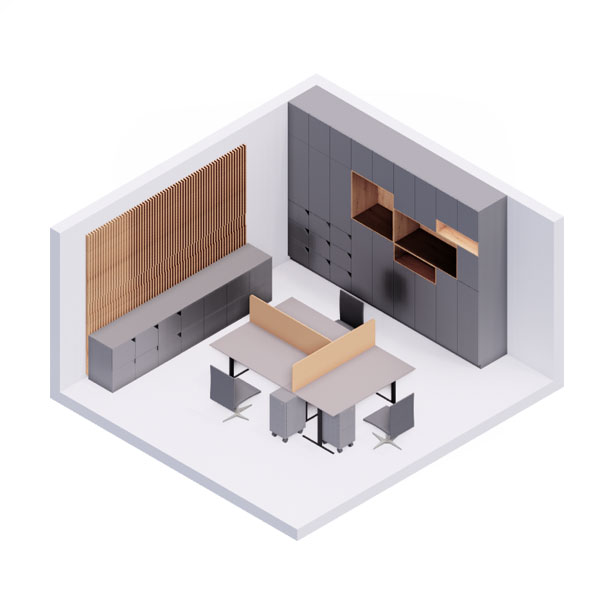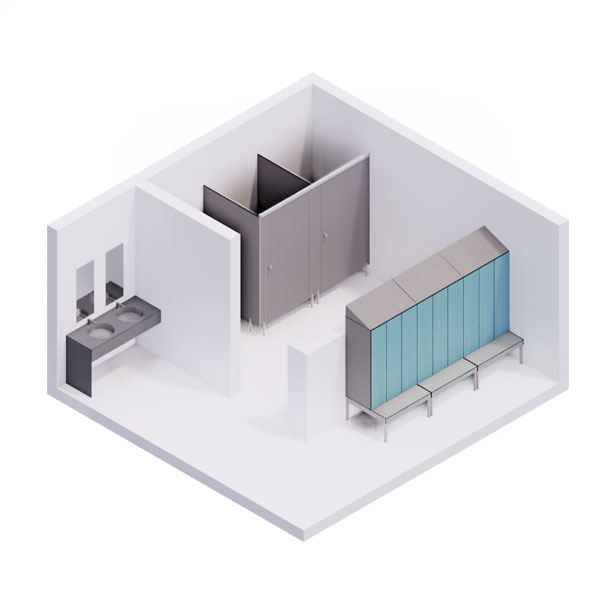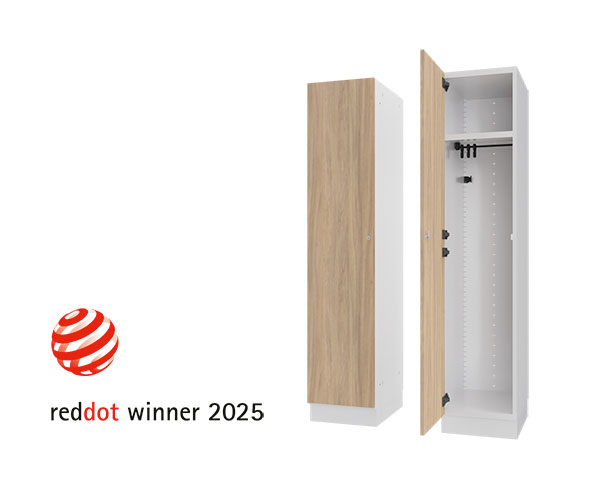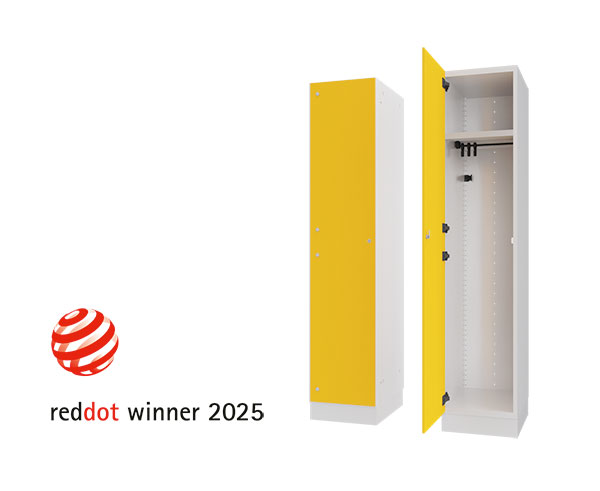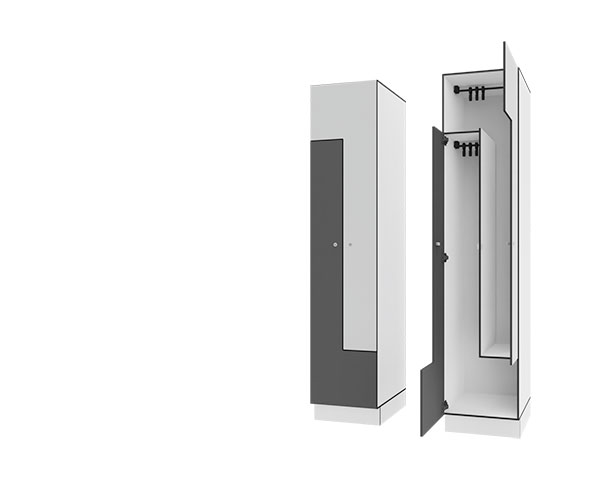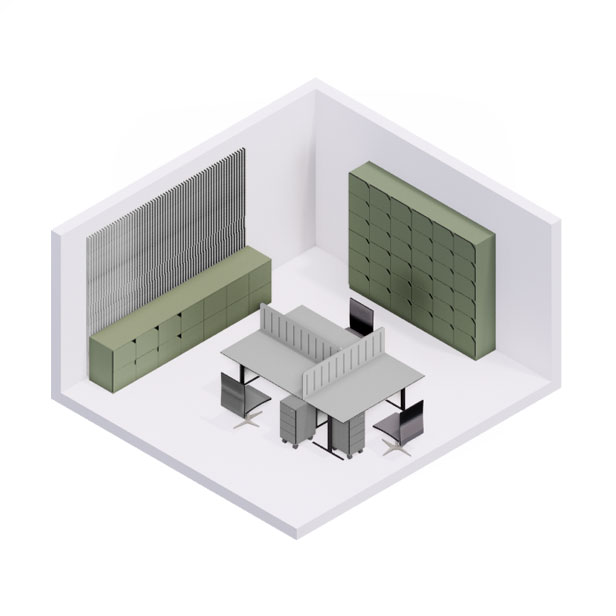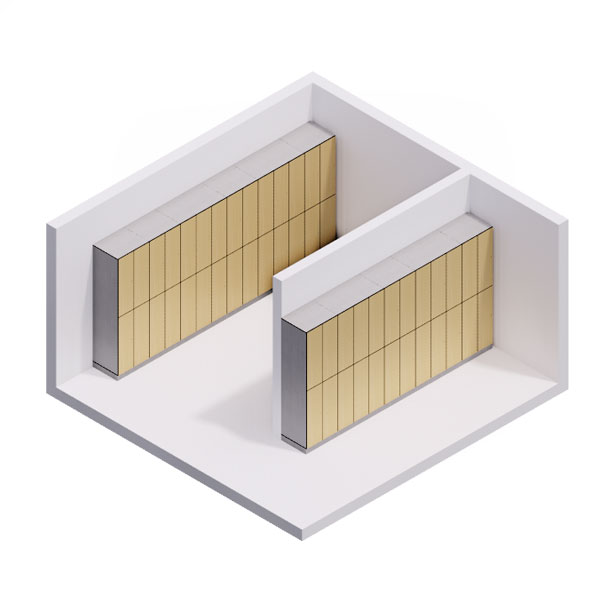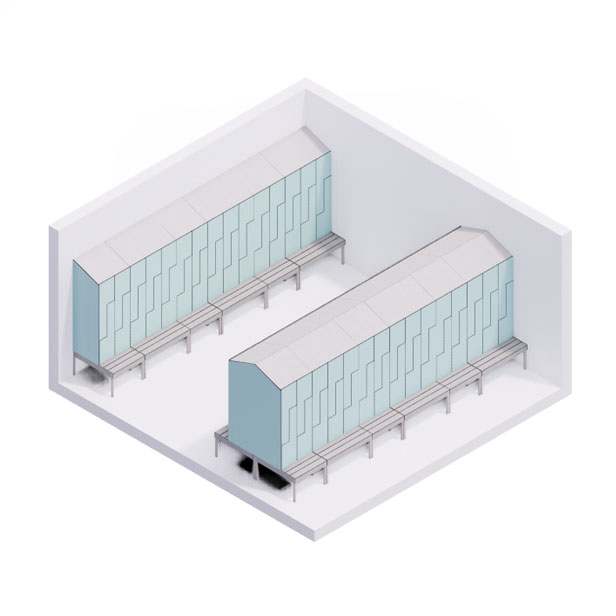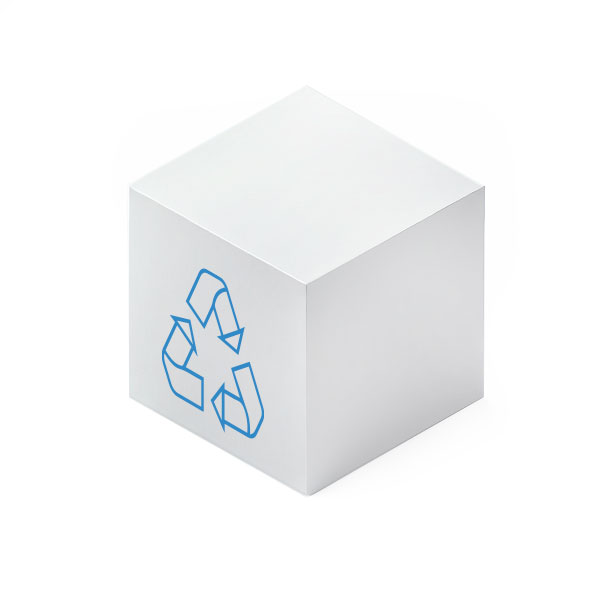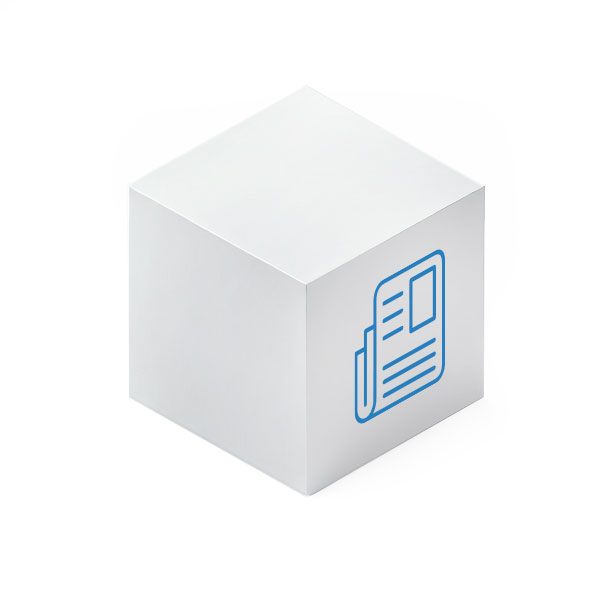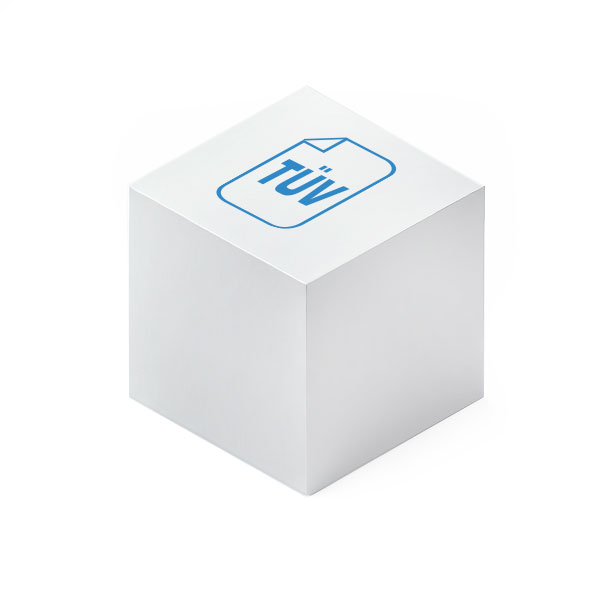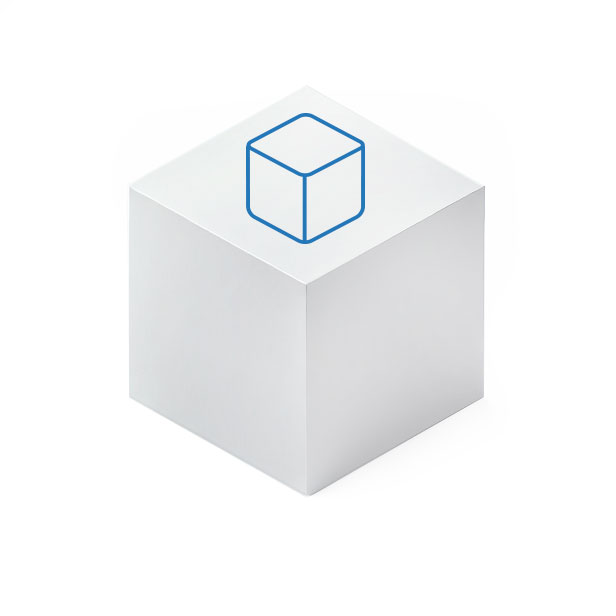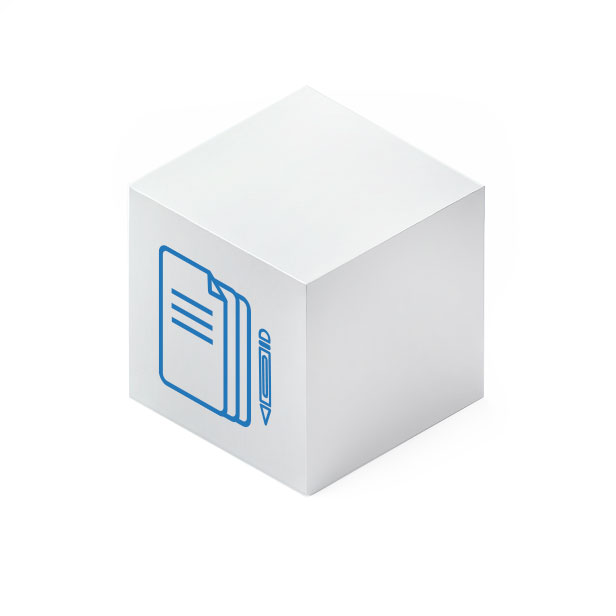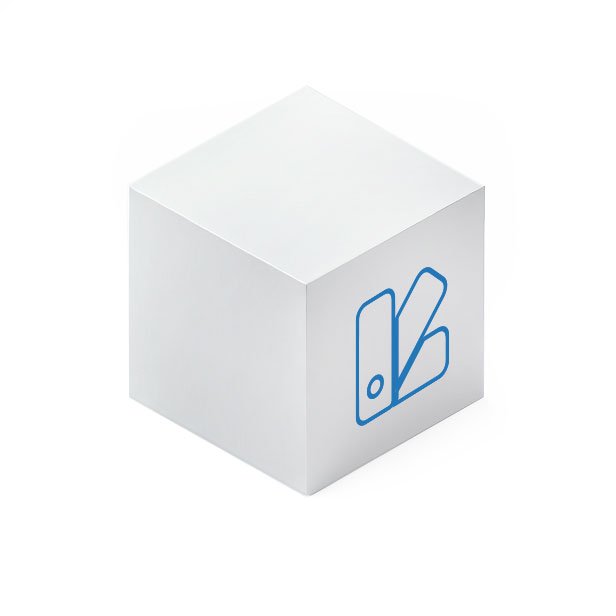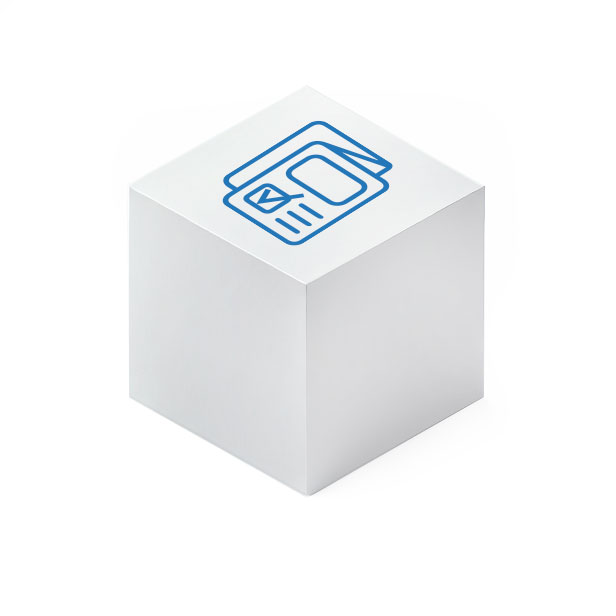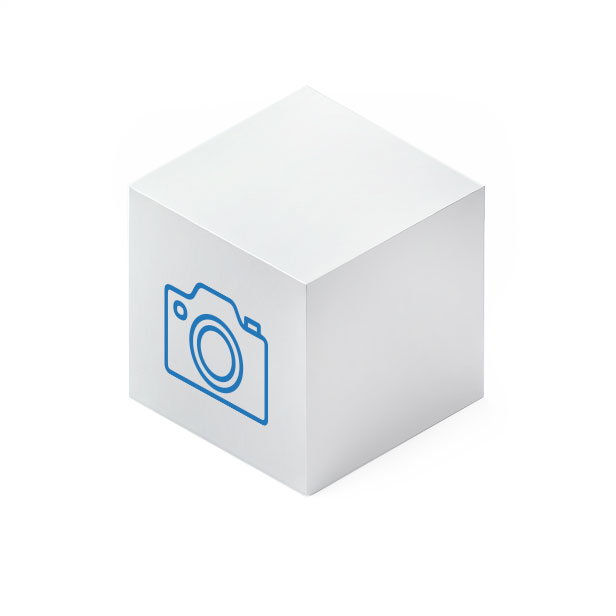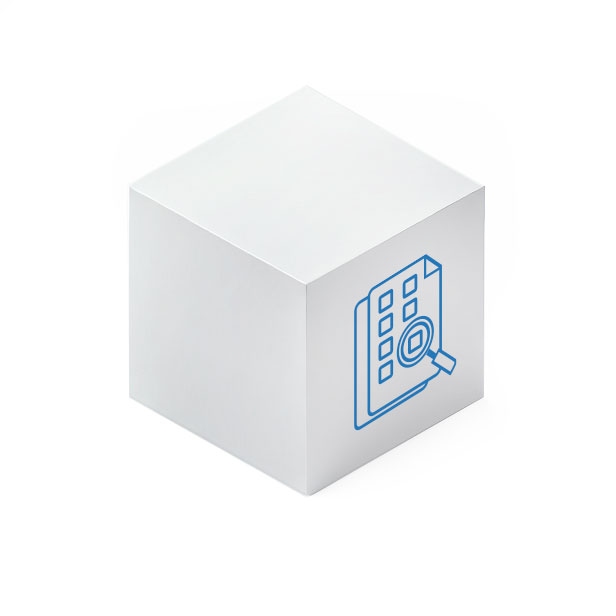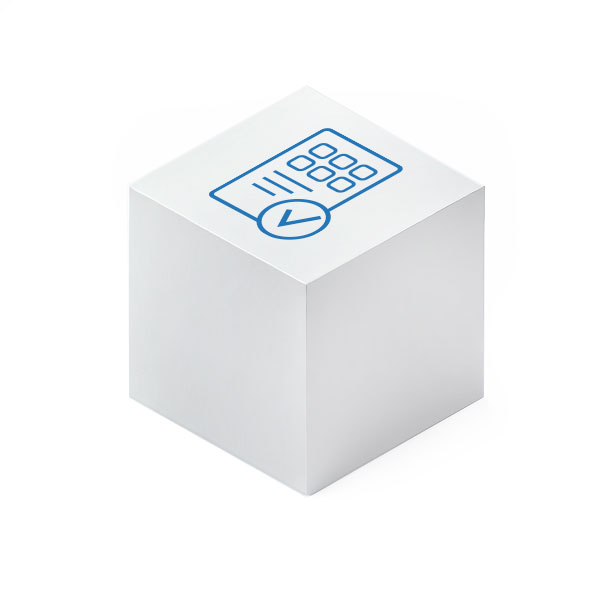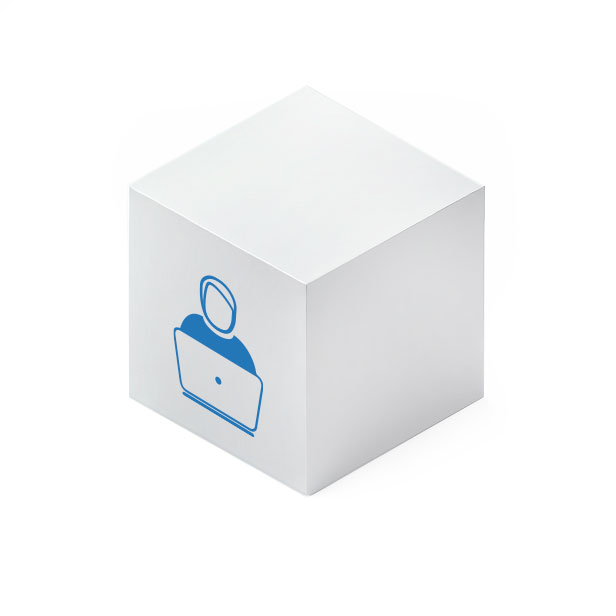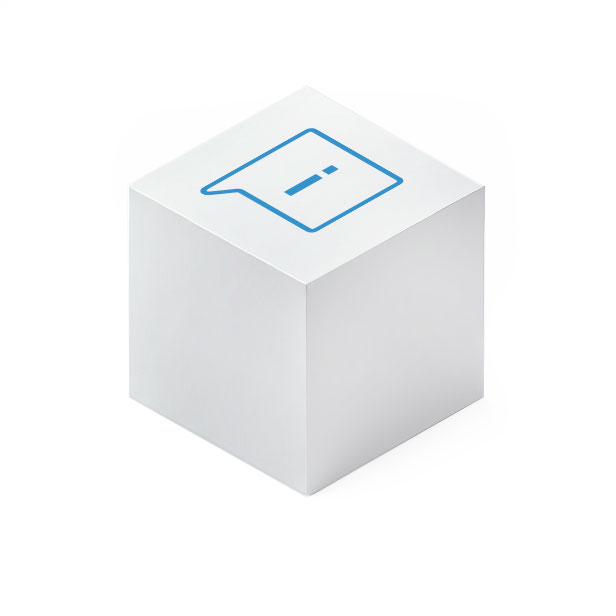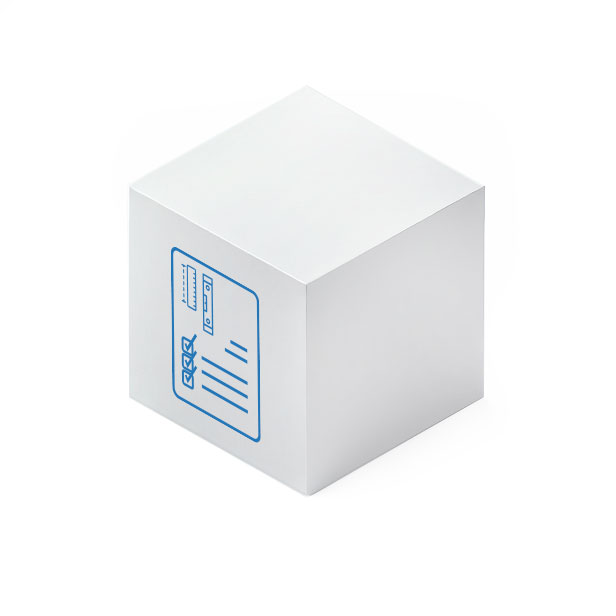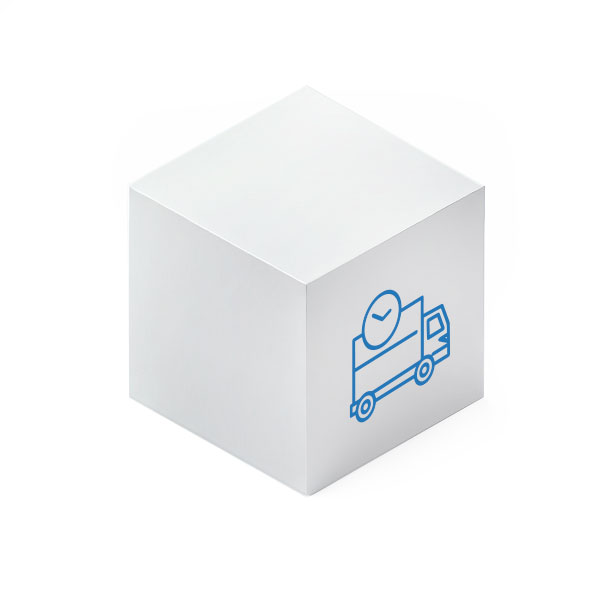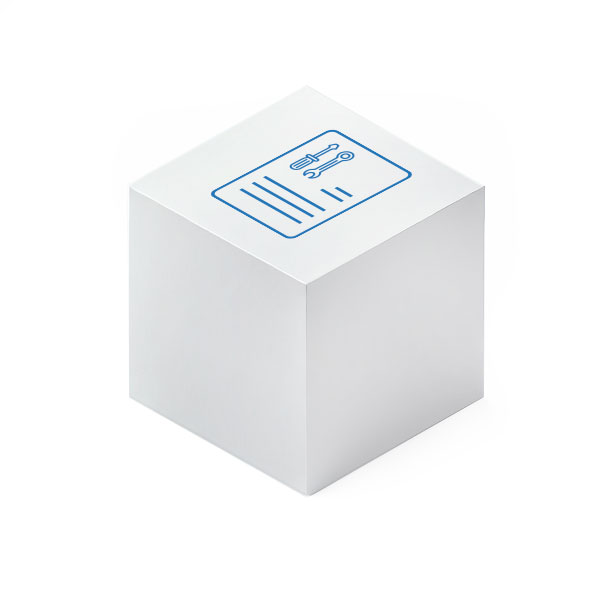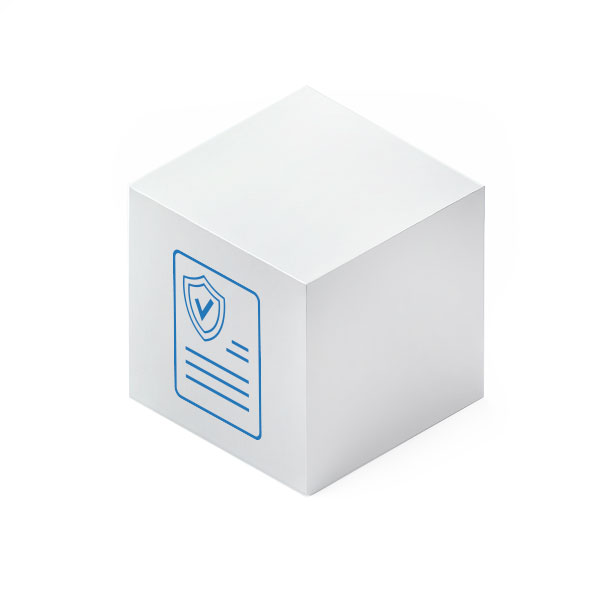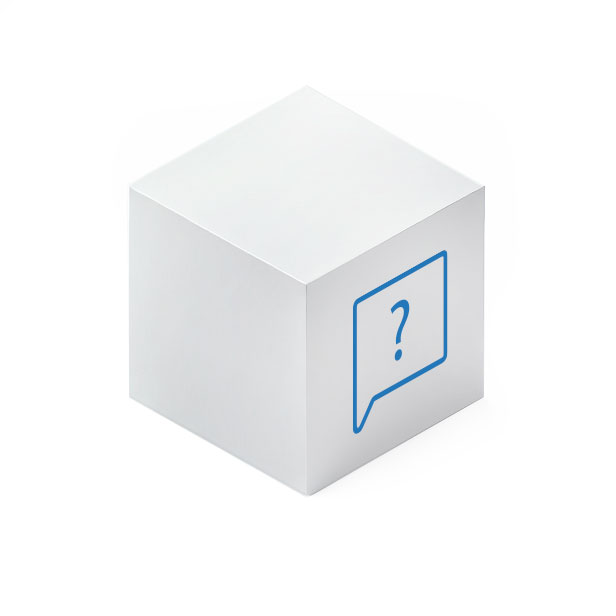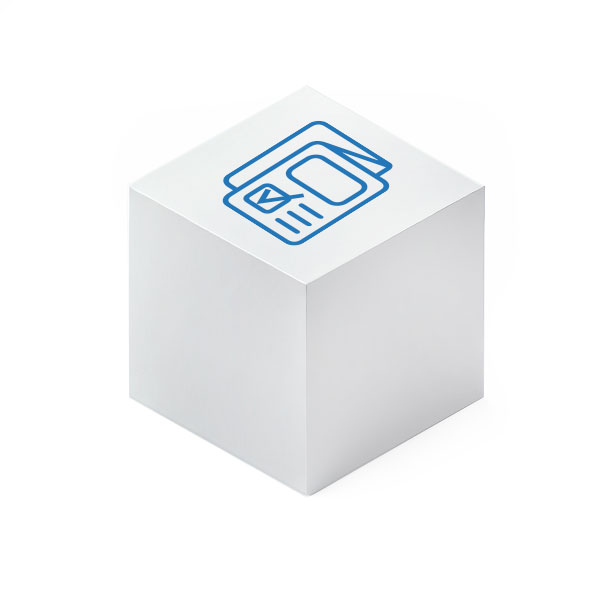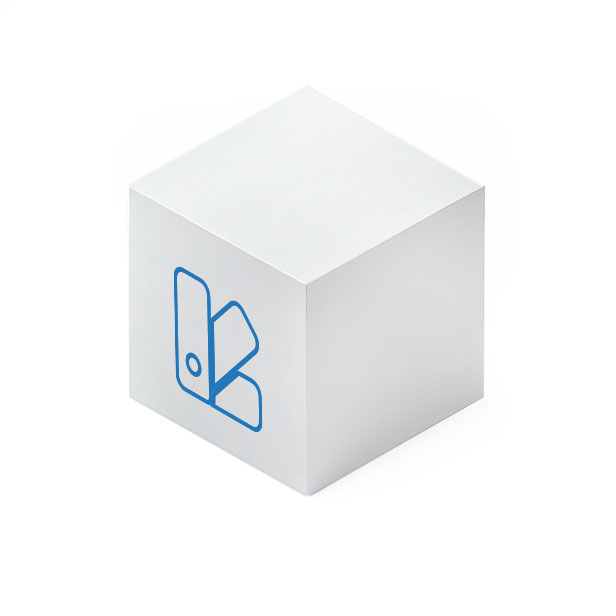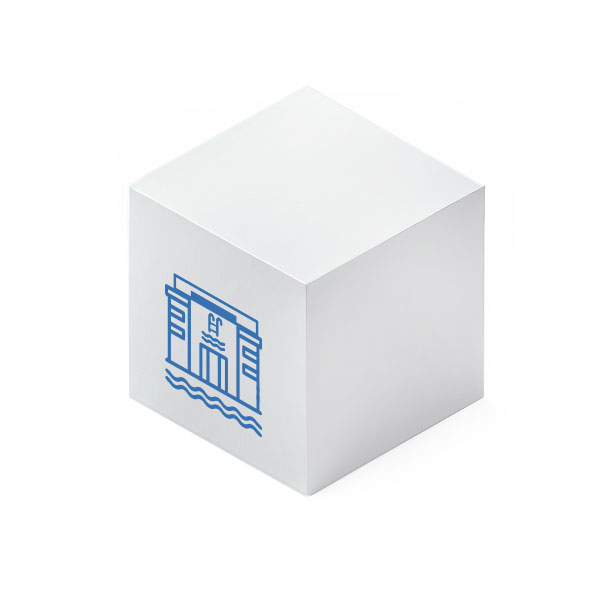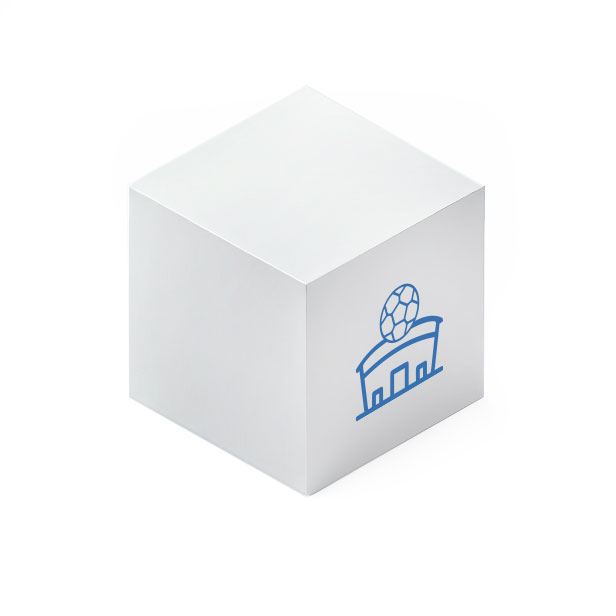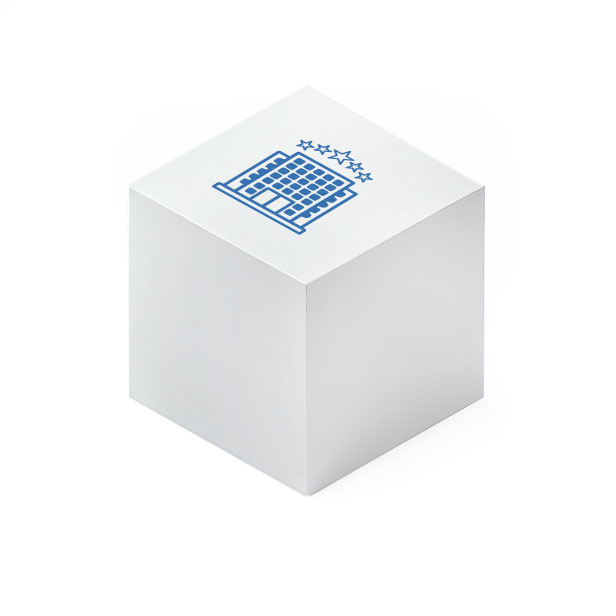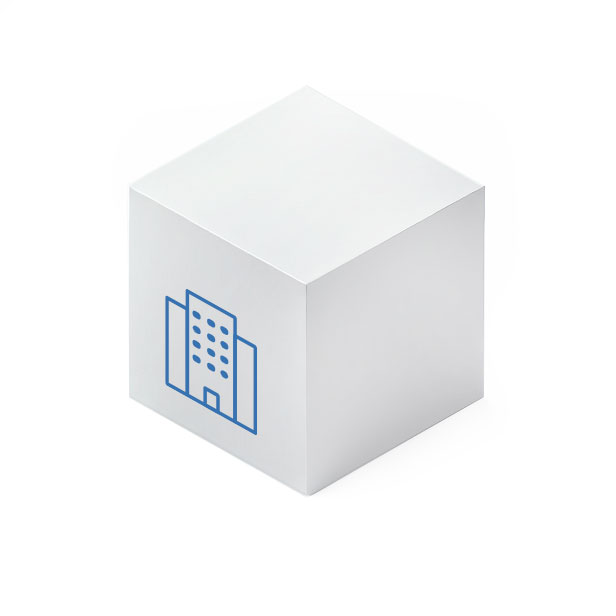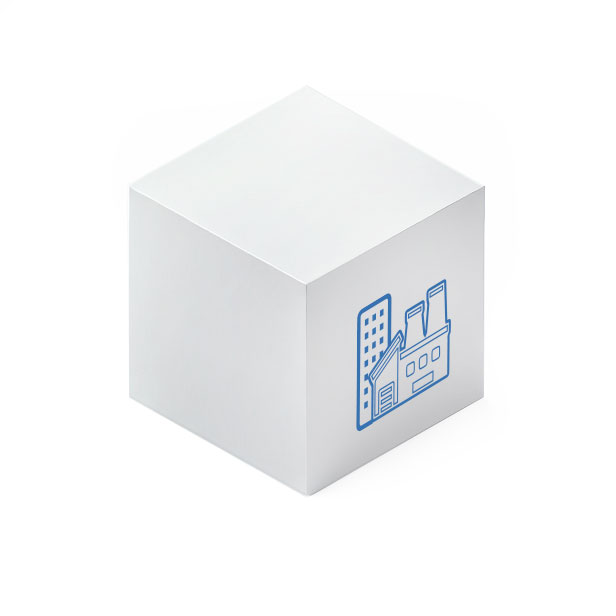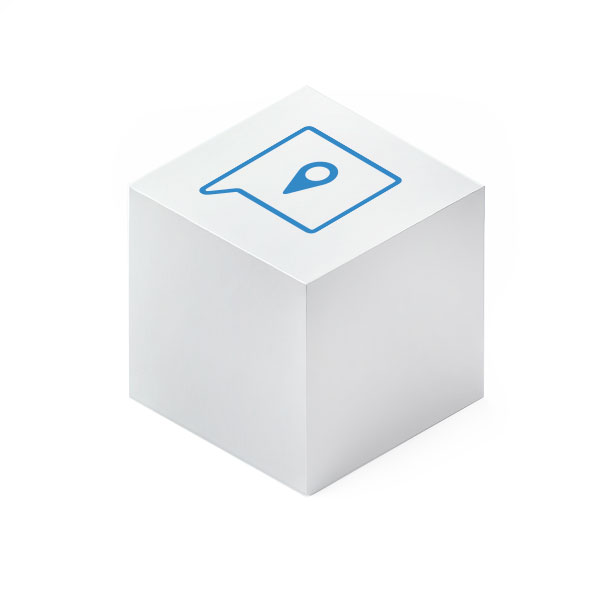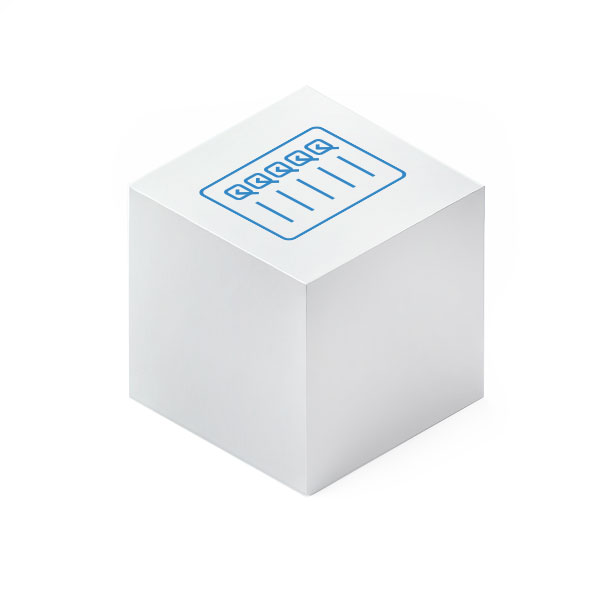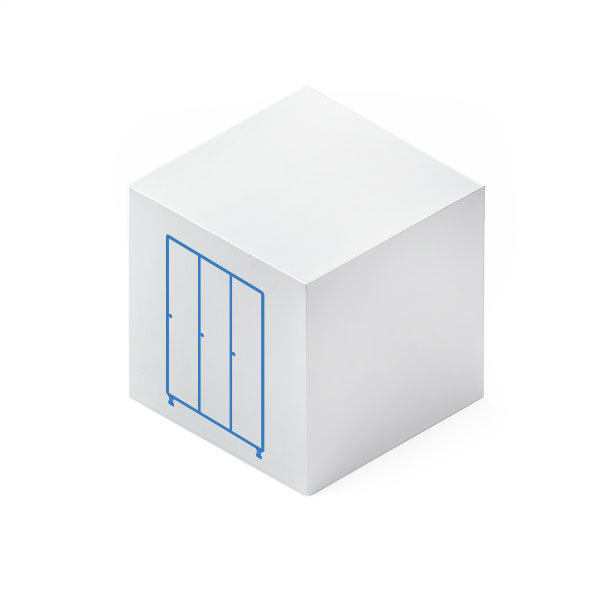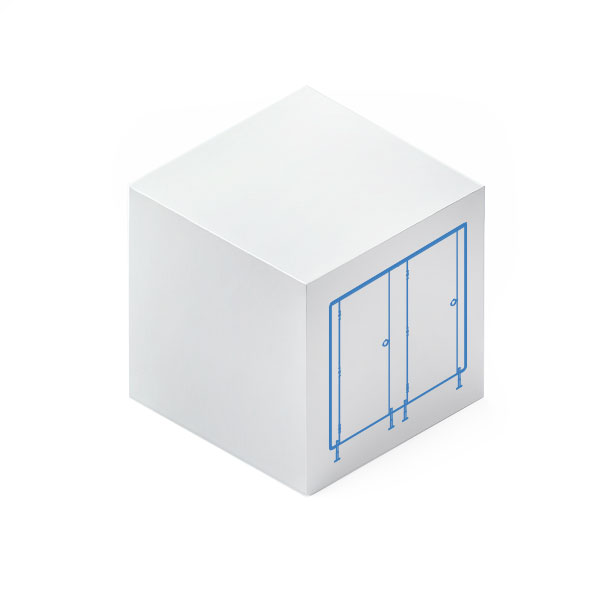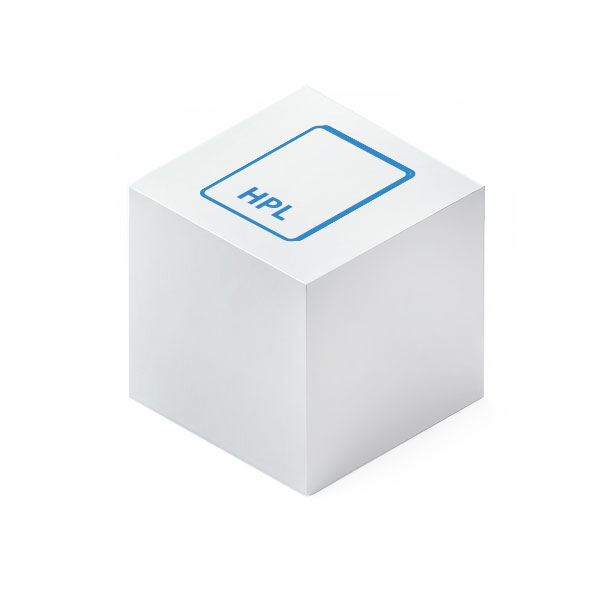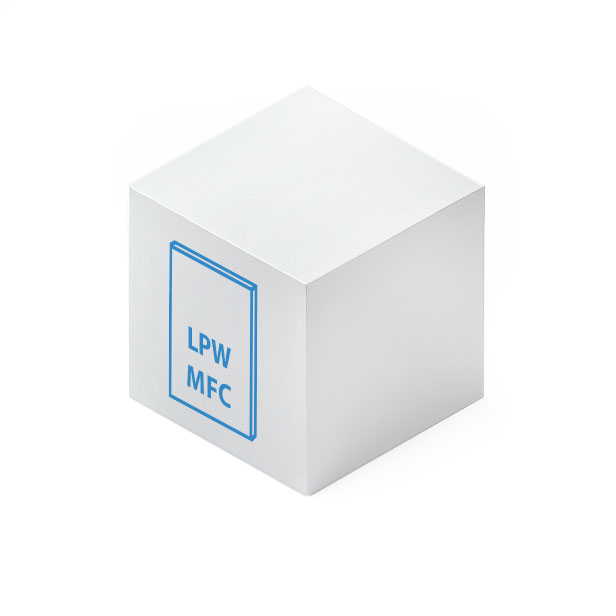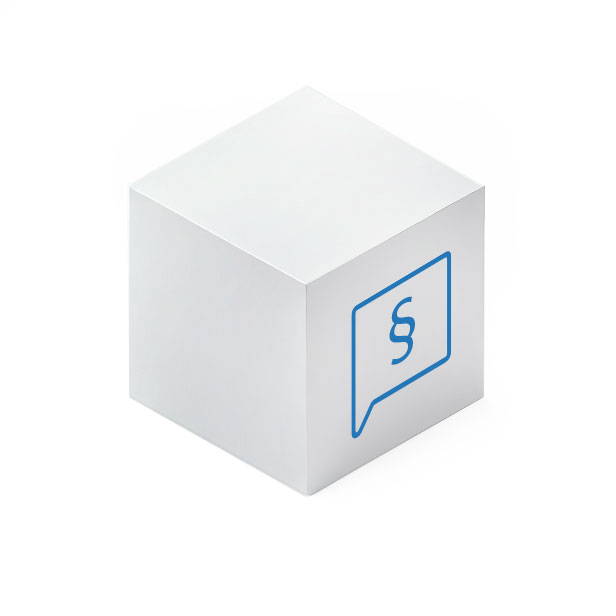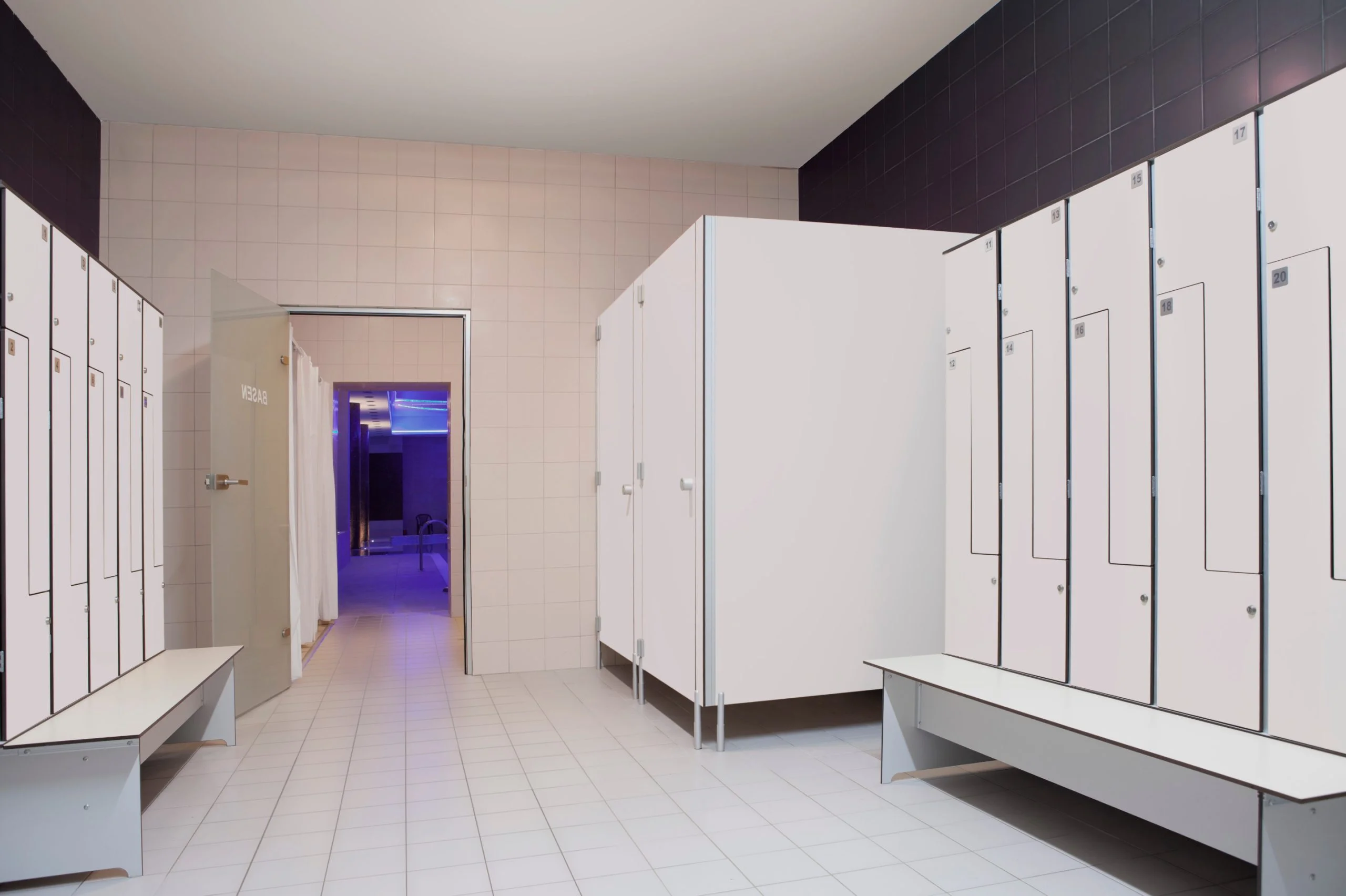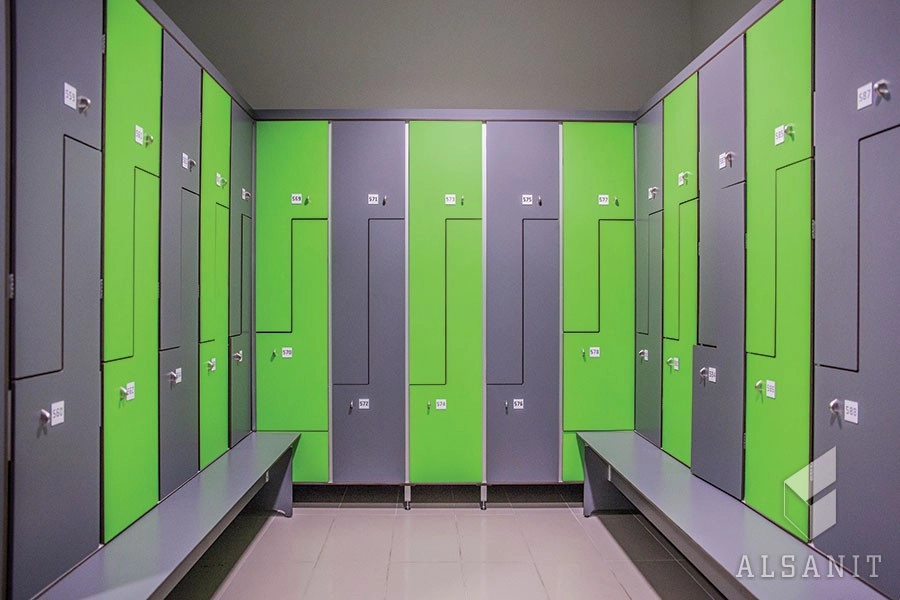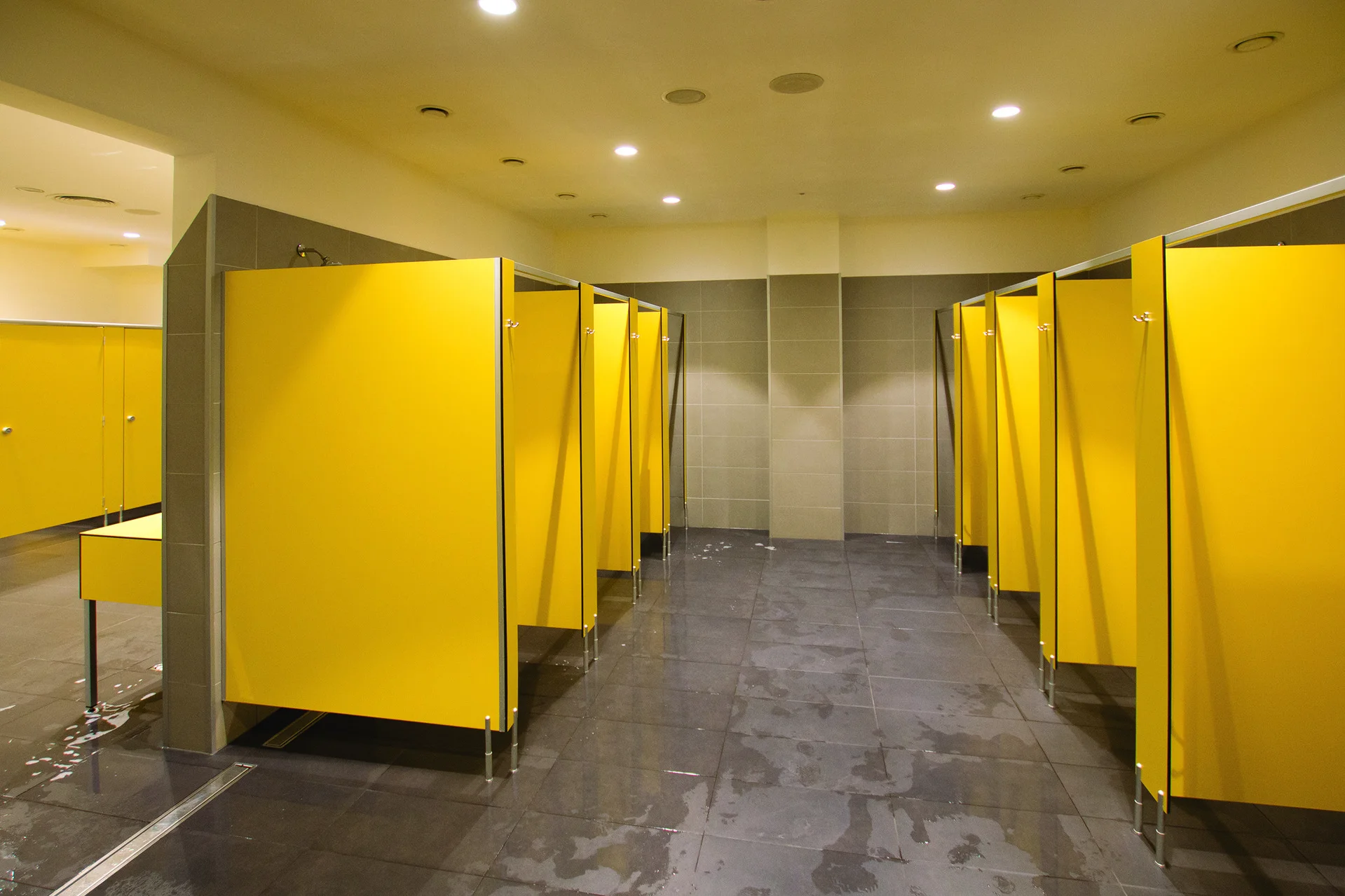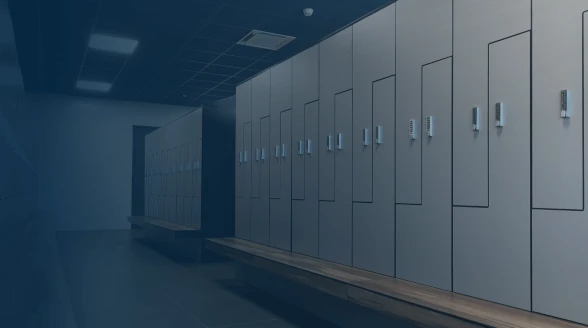What features should corridor lockers have?
Modular corridor lockers are most often found in educational institutions, such as schools and kindergartens. Equipping them with functional furniture increases the comfort of both students and employees, who have their own freely adapted space to store their belongings during classes. However, individual models of lockers can differ from each other in several respects. Find out how to choose the best lockers for schools and kindergartens.
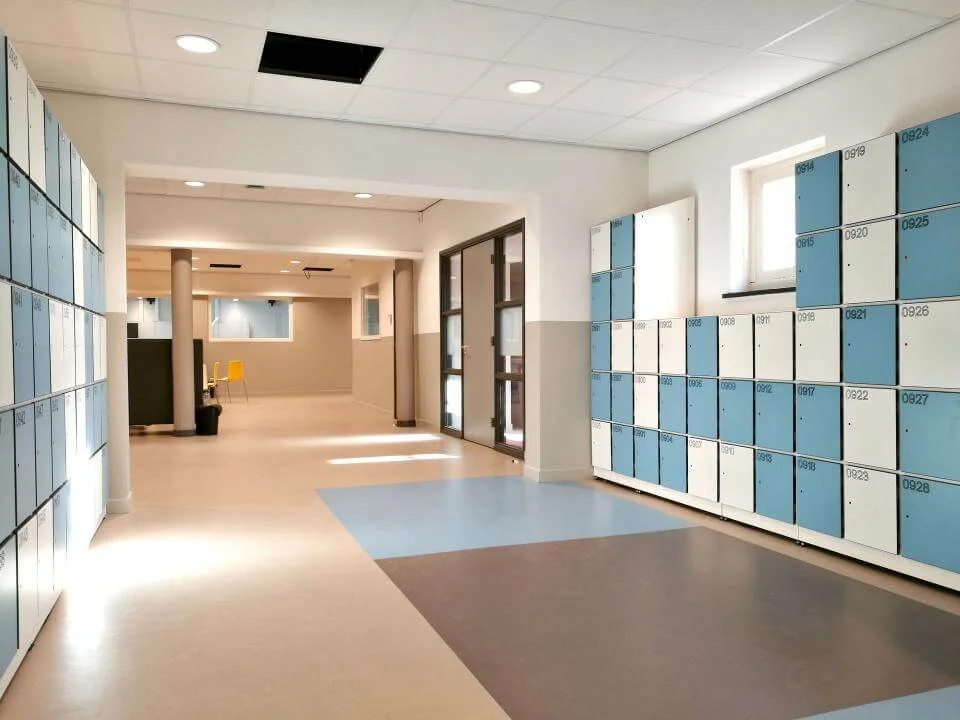
Corridor lockers for student, kindergarten and teacher
If the decision to install clothing lockers in the hallway has not yet been made, it is worth learning about the advantages of this solution.
1. Corridor locker for student
By equipping an elementary or secondary school with lockers for the shoes, clothes and other private belongings of the students attending it, the level of cleanliness in the school corridors can be raised while making the job of those in charge easier. The introduction of a shoe-changing policy at school will benefit everyone, and not just because of cleaner floors. Sitting in class for hours in warm winter shoes is unpleasant, especially if the facility’s heating is resilient. The corridor locker makes it possible to change seasonal footwear for light sneakers or other shoes designed for indoor walking.
In addition, many students appreciate the lockers in the corridor because of the opportunity to leave shoes and clothes used in physical education classes in them. This way they can make sure they don’t forget their sneakers, which often results in an absence being written in the diary.
2. Corridor locker for preschooler
Younger children are also eager to adapt colorful, functional clothing lockers to their own needs. In addition to changing shoes, which is compulsory in most kindergartens, toddlers can keep toys brought from home, art supplies, books, their favorite blanket for lying down or other things that often make their often hard time away from home more pleasant.
3. Corridor locker for teachers and other employees
It’s not just the little ones who are eager to leave their belongings in a safe place during classes. The lockers can also be partly intended for employees of an educational institution, who will gain a capacious piece of furniture for teaching materials, a laptop or phone charger and other useful things.
Two additional reasons why we should equip educational institutions with corridor lockers are:
- the opportunity to leave some of their school supplies and books in the locker rooms, which can significantly reduce the weight of students’ backpacks and bags, which, unfortunately, has a very negative impact on modern spinal problems in young people;
- No need to set aside space for a large checkroom – by providing lockers for every student or preschooler, we can reduce the space allocated to the checkroom or do away with it altogether. The problem of lost bags for P.E. lessons and queues stretching across the floor can then be eliminated.
What materials can a corridor locker be made of?
Cloting lockers intended for school or kindergarten corridors must be characterized by solid workmanship, resistance to mechanical factors, and, above all, a wide choice of colors and designs that will diversify the space for children and teenagers. As for the materials from which they can be made, Alsanit offers its customers two main variants:
- For schools: bodies made entirely of metal or cabinet doors made of HPL board;
- For kindergartens: bodies made entirely of particleboard.
Each of the above-mentioned materials has its own advantages. Laminated particle board, or MFC, is a material compressed at high temperature and pressure. The binding agents of wood chips are responsible for its structure. The particleboard hallway cabinet is finished and lacquered with a decorative melamine coating. The edges of the furniture, on the other hand, are framed in profile or wrapped with PVC tape.
HPL, or high-pressure compact laminate, differs from particleboard in its manufacturing process. This type of board is cellulose fibers compressed under high pressure and soaked in resin. HPL is distinguished by its above-average strength of one hundred percent water resistance, thanks to which corridor modules made of high-pressure laminate are used on a large scale, for example, in swimming pools and workplaces. The edges of the corridor cabinet, on the other hand, are finished by milling.
Lockers in the corridor – colors and finishes
Lockers for shoes and other private belongings of schoolchildren and preschoolers can be freely tailored to the character of the educational institution in which they will be placed. Alsanit models of both particleboard and HPL can not only be dyed in different colors, but also finished with an interesting decor, imitating wood or stone. In addition, corridor cabinets can be veneered in any motif, which the customer chooses from pattern libraries or proposes from his own resources. This is because the manufacture of the lockers is combined with comprehensive graphic design services.
Additions to corridor lockers in schools and kindergartens
In addition to the choice of metal, particleboard or high-pressure laminate body, the corridor locker can be enhanced with additional features and functionality, such as:
- Safe toe system especially recommended for kindergartens;
- RFID locks that can work with a student’s school card;
- a number of other variants of locks: combination, electronic, padlock or key;
- benches as an integral part of the cabinets – an element very useful for changing shoes;
- division of the cabinet inside with a partition and shelves – allows you to separate your shoes from the rest of your belongings, provides a separate, clean space for textbooks;
- A metal bar and hooks or hangers for outerwear or bags of clothes for P.E. lessons;
- An opening restrictor so that each student has enough space to use his or her own locker;
- Aluminum plates or veneer with numbering;
- anti-burglary system.
Alsanit is engaged in the installation of closet cabinets, as well as sanitary cabins for various establishments. All of the above additions to the standard models of lockers are possible to install after prior agreement of details between the customer and the implementers of the project. It should be remembered that when deciding to install corridor lockers in a school or kindergarten, as well as in any other place, it is worth considering the proposed functionalities to ensure the greatest comfort for furniture users. Models made of properly selected, durable materials and having additional features will serve students and kindergarteners for years.
Ask – we will advise!FAQ:
1. How much do corridor lockers cost?
The cost of making and installing hallway cabinets depends on the materials, dimensions and equipment, so it is determined with each customer individually. It can not be determined otherwise, because Alsanit offers a wide range of solutions used in the construction of lockers.
2. What can a corridor locker be made of?
For schools, it is best to choose cabinets made of metal and HPL, while for kindergartens, furniture made entirely of particle board is recommended.
3. What additional options are available for clothing lockers?
Additional options include shelves, dividers, a bar with hangers, an opening restrictor, a secure finger system or number plates.


